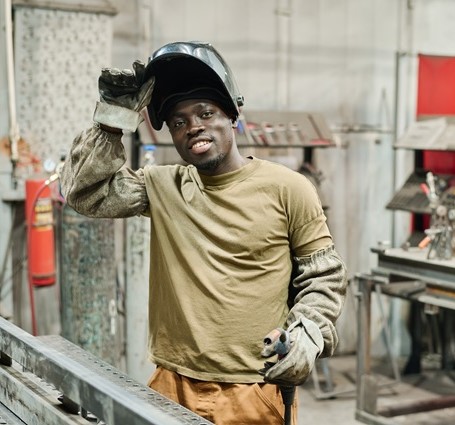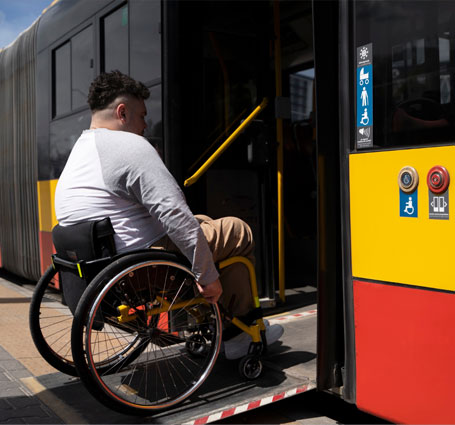
Apex Student Spotlight: Tyree Damian Joshua
In today’s competitive job market, specialized skills and credentials are crucial. Trade schools like Apex Technical School in New York City offer the
Today’s homeowners have specific wants and needs. Green construction and building practices rose in popularity among homeowners and contractors over the last decade. According to the U.S. Green Building Council, eco-friendly homes are energy efficient, good for the environment and more sustainable than homes of the past. Staying up to date on the latest trends is a vital way to increase your unique value as an individual in the construction industry. Learn more about the latest eco-friendly home trends in the construction industry.
As more builders and individuals in the construction trade look for ways to reduce the environmental impact of residential homebuilding, they increasingly turn to recycled, reclaimed and sustainably sourced materials. Some homeowners appreciate green building projects that follow popular styles. Vintage, rustic and industrial design styles are widespread trends that can be achieved with reclaimed materials.
Sometimes it can be cost effective to find building materials at salvage yards and discount stores. Reclaimed wood, second-hand flooring, recycled metal and other responsibly sourced materials positively impact not only the environment but also the homeowner’s bottom line.
Climate change continues to disrupt rainfall and water supplies worldwide. Many places, such as California, have struggled with extreme drought and disastrous wildfires since 2014. Plus, 2019 was the second-hottest year ever recorded—which means water supplies may continue to be in high demand.
Builders and individuals in the construction trade can consider ways to help homeowners reduce their water consumption at home, such as using smart meters for water control, installing low-pressure toilets, and opting for tankless water heaters that heat only the water you need.
Other eco-friendly options for water conservation at home include:
Advances in ventilation technology can improve the air quality inside residential homes. Better air quality can mean fewer pollutants, allergens, dust and cases of asthma, as well as cost savings over time. According to Build-Review.com, airtight insulation and efficient HVAC systems can reduce electricity expenditures and ensure the health of homeowners.
As an individual who is interested in the construction and building trade, it’s a good idea to learn about the types of HVAC systems and their long-term benefits for homeowners who want cleaner air, no odors and fewer air leaks in their living spaces. To learn more about the construction trade, explore the construction and building skills program at Apex.
*Apex Technical School and its instructors are licensed by the State of New York, New York State Education Department.
Disclaimer: Apex Technical School provides training for entry-level jobs. Not everything you may read about the industry is covered in our training programs.

In today’s competitive job market, specialized skills and credentials are crucial. Trade schools like Apex Technical School in New York City offer the

We all want to be included, from kids on the playground to adults in the workspace. Inclusion generates a sense of belonging among

Apex Technical School Construction & Building Skills Trade Instructor Shannon Wright Finds Success in Conveying Knowledge and Skills to the Next Generation Shannon